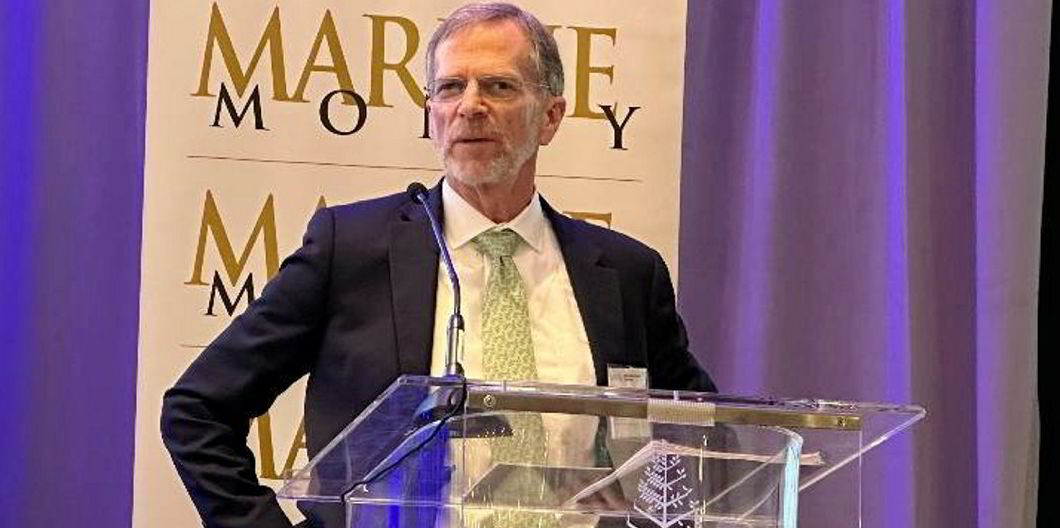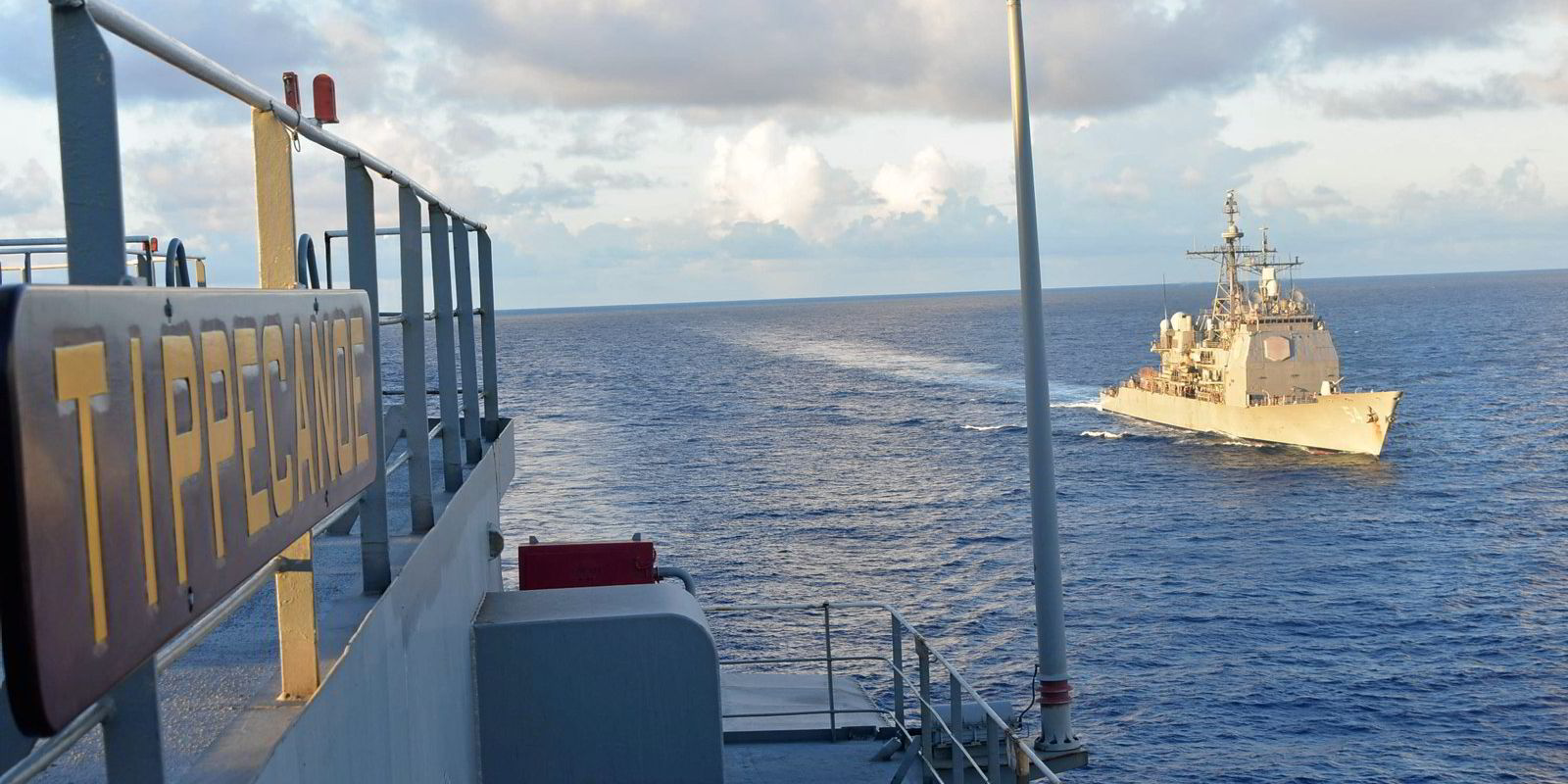We all know things are getting more expensive, so could the next MR product tanker carry a price tag of $200m?
When it comes to the US Jones Act, that could be a reality, according to David St Amand, president of Navigistics Consulting.
The Massachusetts-based consultant floated the figure in a review of the US cabotage tanker and articulated tug-barge (ATB) market on Wednesday at Marine Money’s first Marine Finance Forum in New Orleans.
“We’re probably looking at $200m for newbuilding MRs,” St Amand said as he reviewed rate prospects stretching into 2030.
“That’s going to require a $100,000-per-day compensatory freight rate,” reflecting a charter rate over the course of 25 years to yield a 12% return on the investment.
While St Amand did not go into great detail as to how he arrived at the figure, he mentioned more generally a number of escalating cost factors, including higher interest rates and increased environmental regulation.
US domestic-build costs have long come at a steep multiple to the international shipbuilding market.
The approximate price for a similar tanker in the international market is $40m.
The last order for similar vessels in the cabotage trade was in 2015, when American Petroleum Tankers booked a quartet of 50,000-dwt units at Aker Philadelphia Shipyard (now Philly Shipyard) for $568m, or $142m each.
As St Amand laid out in his presentation, the Jones Act product market has been improving since a trough caused by demand destruction from the Covid-19 pandemic.
Current rates are in the range of $70,000 per day.
On the supply side, there are no signs of imminent newbuilding orders for Jones Act MRs, he said, with yards capable of building them, such as San Diego’s Nassco and Philly Shipyard, booked up with other work.
It is unlikely there could be newbuilding deliveries before 2026 and probably later, he said, paving the way for a decline in the size of the domestic product tanker and ATB fleet.

St Amand also noted that “Double Eagle” tankers built in the late 1990s at Newport News Shipbuilding in Virginia will be approaching 30 years old towards the end of this decade, with uncertainty about when they will be retired.
If rates approach the $100,000-per-day compensatory rate St Amand envisages as necessary, “the Double Eagles will hang around for awhile”, he projected.
This is one of several variables likely to affect long-term rates, along with how the emerging market for renewable diesel plays out and the prospects of more Alaskan North Slope cargoes moving on MRs.





